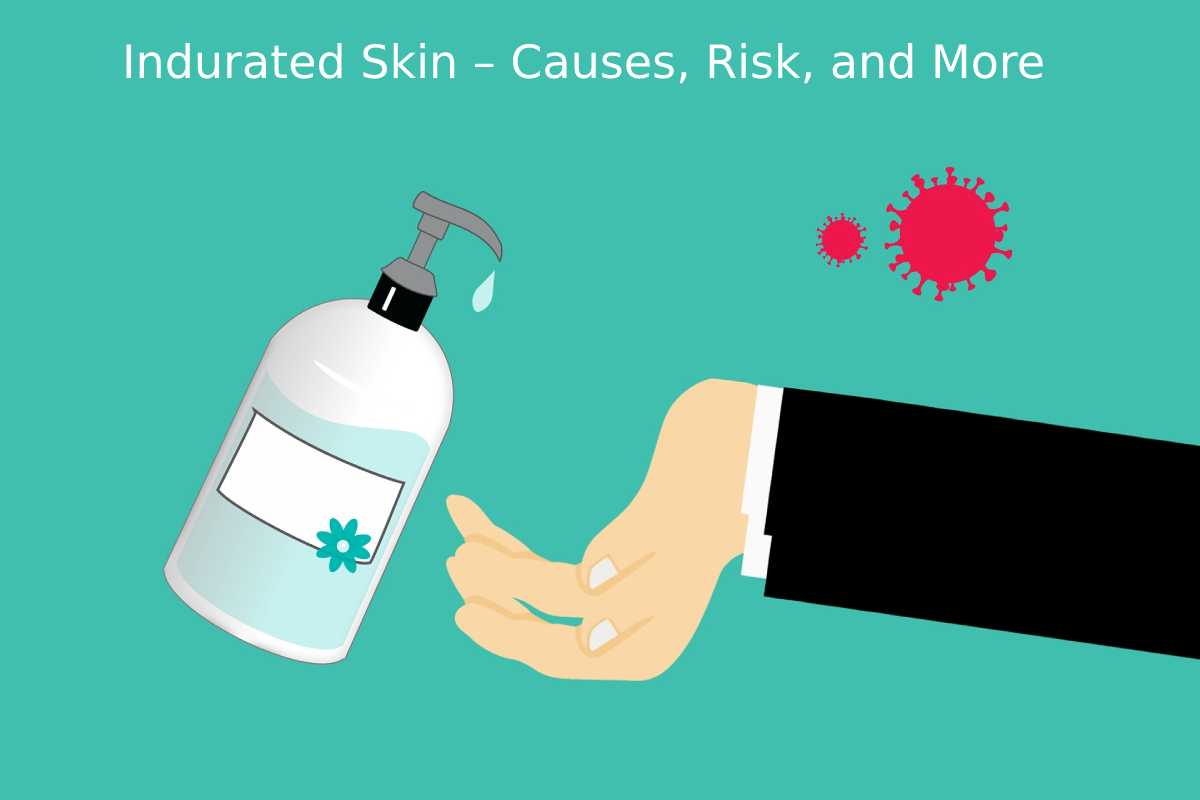Table of Contents
About
Indurated Skin, which results from edema, inflammation, neoplastic infiltration, or any other acute skin condition, is the formation of a homogeneous thicker bundle of skin tissues.
It is an uncommon condition that can be felt as stiff and dense tissue when you palpate it (feeling by the touch of a hand or fingers). A chronic skin condition begins on the neck or face and progresses to the arms, chest, back, and buttocks.
Symptoms of Skin Induration
The following are symptoms of often indurated skin:
- Area of thickened skin or irritated cyst
- Having a smooth, shiny look and enlarged skin tissues
- Less frequently detected growths on the back, chest, belly, or buttocks are more profuse on the hands, neck, and face.
What causes indurated Skin?
The age, severity, and kind of illness all affect the causes of skin induration in a patient. However, the following factors are crucial:
Body inflammation
- Eosinophilic fasciitis, an abnormal collection of some white blood cells like eosinophils beneath the skin, causes body inflammation.
- However, skin begins to enlarge and stiffen. As a result, a condition known as indurated edema.
- Although there is no recognized cause for eosinophilic fasciitis, each patient’s body swelling and skin induration level varies.
Different types of skin infections
Skin induration could be caused by several skin infections with various etiological factors. The most typical skin infections are as follows:
- a slightly more contagious bug bite
- blisters or sores that are an abscess
- an inflammatory nodule or cyst
However, this microbe inhabits the nasal passages and skin and enters the body through an infection or cut on the skin’s surface (epidermis).
Scleroderma
- The name “scleroderma” results from the Greek terms “sclerosis,” which means “hard or indurated,” and “derma,” which means “skin.”
- It is an autoimmune connective tissue condition characterized by thickening and inflammation. It is also linked to internal organ tissue fibrosis.
- Despite being uncommon, the condition has a high morbidity and mortality rate. Indurated skin is the second of three stages of scleroderma.
Panniculitis
A general word for inflammation in the deep fat layers of the skin is panniculitis.
- An ailment people with vein insufficiency are more inclined to inflammatory diseases like lipodermatosclerosis.
- Pancreatic or connective tissue disease
- A few Environmental aspects like chest, abdomen, face, and buttocks may develop indurated skin and reddened and sensitive nodules.
What is at More Risk for Developing Induration?
There are considerable risks for acquiring skin induration or its recurrent attacks in some potential medical disorders. Which are:
- Cancer and chemotherapy
- Skin rashes due to diabetes and lupus
- renal failure or chronic kidney disease
- severe burns
- HIV/AIDS
- use of intravenous drugs
How to Get Rid or Treat Induration?
Without the assistance of your healthcare provider, treating indurated skin is practically impossible. Skin induration can be treated according to the patient’s age, the severity of their illness, and the underlying causes.
For patients with induration, a few suggested treatments include:
- Antibiotics
- Incision and drainage
- Analgesic treatment
- Immunosuppressants and steroid medication

